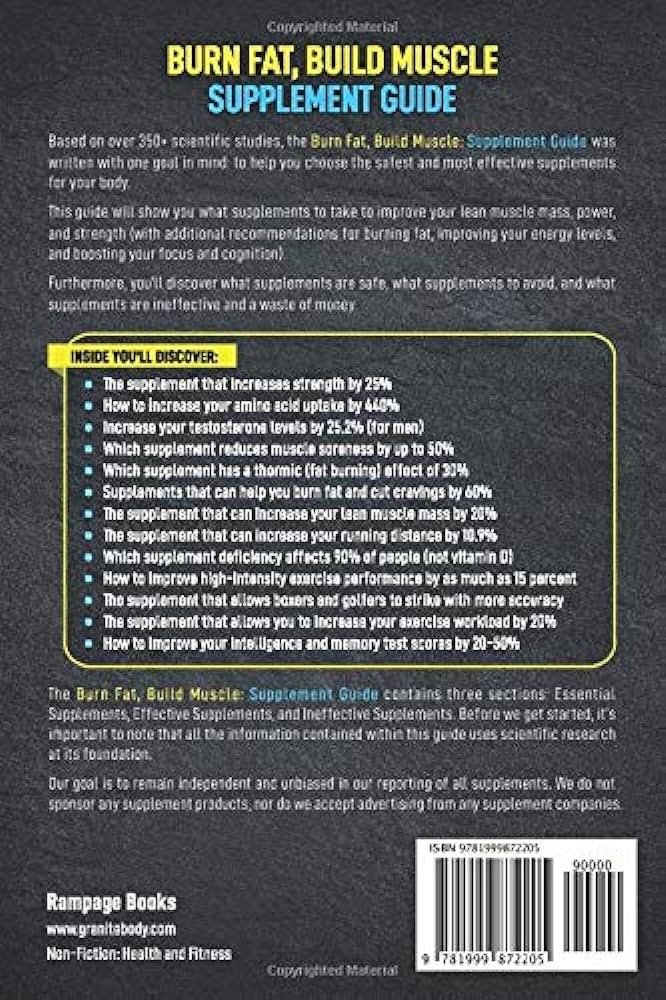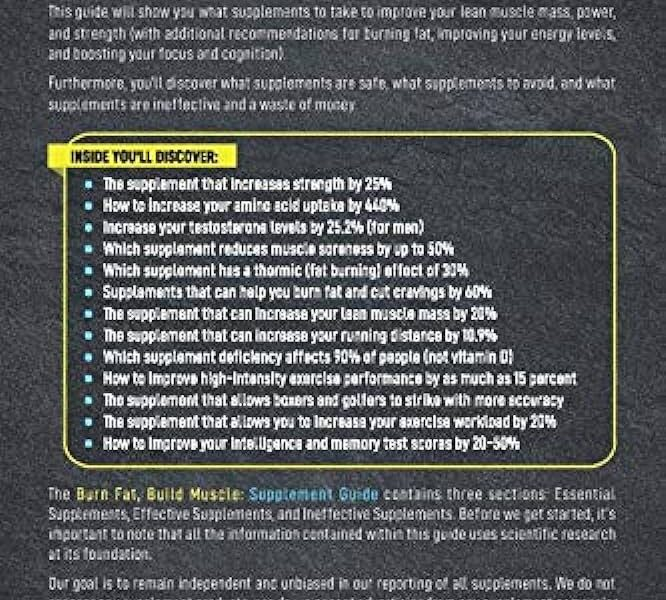How to Burn Fat and Build Muscle: A Comprehensive Guide
You’ve embarked on a journey for a healthier, sleeker you, a journey that has likely led you here – to “How to Burn Fat and Build Muscle: A Comprehensive Guide.” Your pursuit for fitness is about to get a lot simpler. Filled to the brim with practical tips and the popular FAQs, this guide will walk you through methods geared towards bringing out your hidden abs while still preserving and accentuating those hard-earned muscles. Your path to a leaner, stronger body starts here!
Understanding Body Composition
Body composition refers to the proportion of fat and non-fat mass in your body. It plays a major role in your overall health and fitness. Understanding the components of your body, mainly muscle and fat, will help you formulate a proper fitness plan.
Muscle Vs. Fat: What’s the Difference?
Muscle and fat are two primary aspects of body composition. Muscles, especially the skeletal variety, use energy and are active tissues. They drive movement, provide strength, and play a role in metabolism. Fat, on the other hand, is a storage tissue that harbors energy. It serves as a buffer against starvation, insulates the body and cushions vital organs. Excess fat, however, can be detrimental to health.
Importance of Body Fat Percentage
Body fat percentage is the amount of your total body weight that is comprised of fat. It’s not just about the scale; maintaining an ideal body fat percentage is key to overall health. High body fat percentage can lead to medical conditions like heart disease, diabetes, and certain cancers. However, very low body fat isn’t healthy either as fat plays crucial roles in hormone production and insulation.
Role of Lean Body Mass
Lean body mass includes everything in your body that isn’t fat: muscles, bones, blood, organs, etc. The more lean mass you have, the higher your basal metabolic rate (calories burnt at rest), which aids in fat loss and overall metabolic health. It also contributes to strength and mobility.
Nutrition Requirements for Fat Loss and Muscle Gain
Adjusting your diet can play a pivotal role in determining fat loss and muscle gain. Here’s what you should know about your calorie intake and the role of different macronutrients.
Caloric Intake: Understanding Deficit and Surplus
To lose weight, you need to consume fewer calories than your body burns, creating a calorie deficit. For muscle gain, a calorie surplus is required to provide the extra energy for muscle building. It’s important to manage caloric intake based on individual goals.
The Role of Protein
Protein is key for both muscle gain and fat loss. For muscle building, it provides the necessary amino acids that are the building blocks of muscle tissue. For fat loss, a higher protein intake can increase satiety and reduce overall calorie consumption.
Importance of Carbohydrates and Fats
Carbohydrates provide fuel for workouts and aid in muscle recovery. Fats, while often demonized, are vital for hormone production and nutrient absorption. A balanced intake of both macros is necessary for optimum health and performance.
Hydration and Its Role
Staying hydrated is essential for overall health, nutrient transportation, and assisting with feelings of fullness, which can support weight management.
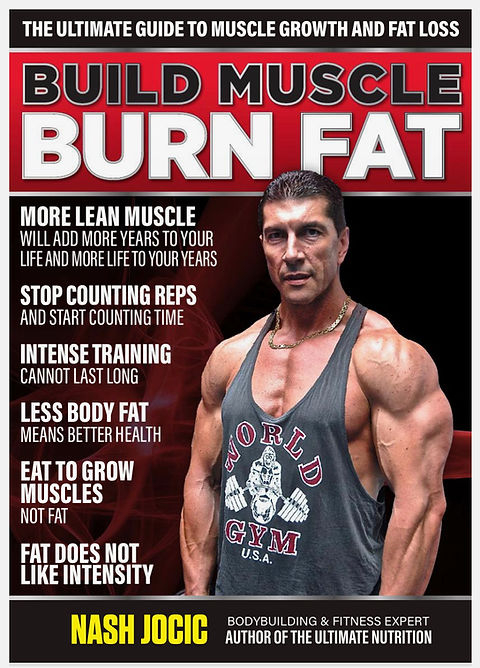
The Role of Exercise in Burning Fat and Building Muscle
Exercise helps burn calories, build muscle, and boost metabolism.
The Role of Strength Training
Strength training challenges your muscles by overloading them, which promotes muscle growth. It also increases your metabolic rate, aiding in fat loss.
Importance of Cardio
Cardio burns calories and improves cardiovascular health. However, excessive cardio can lead to muscle loss, thus a balance between cardio and strength training is vital.
Ideal Exercise Frequency
The frequency of your workouts will depend on your fitness level and goals. Generally, a mix of strength and cardio training multiple days per week is effective.
Rest and Recovery
Rest and recovery are just as critical. They allow your body to repair and grow muscle tissue and also prevent injury and burnout.
Crafting a Workout Plan
Creating a workout plan tailored to your individual goals, abilities, and preferences is beneficial for sustainable progress.
Identifying Your Goals
Whether it’s fat loss, muscle gain, or improving general fitness, identifying your goals will help you determine the direction of your workout routine.
Varying Your Exercises
Including a variety of exercises in your routine can help avoid boredom, hit all muscle groups, and prevent plateaus.
Importance of Progression and Consistency
Over time, gradually increasing the intensity of your workouts can help you continue to see progress. Consistency, above all, is key.
Knowing When to Change Your Routine
If you’re not seeing progress or if your routine is no longer challenging, it may be time to adjust your plan.
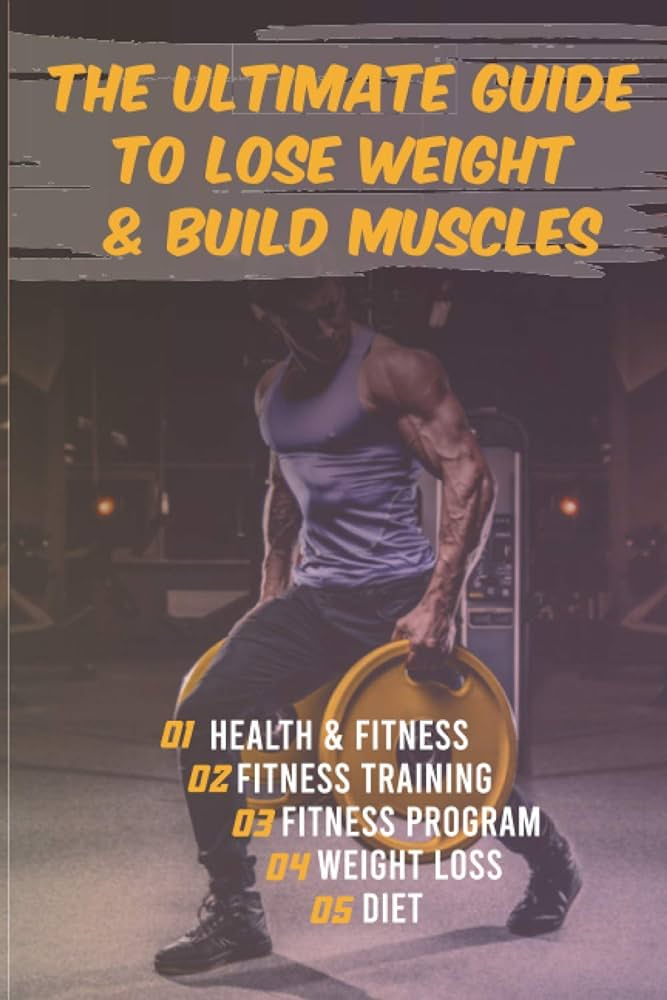
Understanding Supplements
Though not necessary for everyone, supplements can aid in reaching certain nutrition and fitness goals.
Benefits of Supplements
Supplements can fill nutritional gaps, boost performance or recovery, and aid in muscle growth, among other potential benefits.
Protein Supplements
Protein supplements can be convenient for those struggling to meet their protein needs through whole foods.
Creatine and Other Performance Enhancers
Some supplements, such as creatine, may enhance performance during high-intensity workouts.
Vitamins and Minerals
Certain vitamins and minerals can aid in energy production, bone health, immune function, and more.
Importance of Sleep
Sleep’s impact on health and fitness shouldn’t be overlooked.
Sleep and Muscle Recovery
During sleep, your body repairs and rebuilds muscle tissue that’s been broken down during workouts.
Sleep and Fat Loss
Lack of sleep can disrupt appetite-regulating hormones, possibly leading to overeating.
How Much Sleep Do You Need?
Most adults need 7-9 hours of sleep per night to function their best.
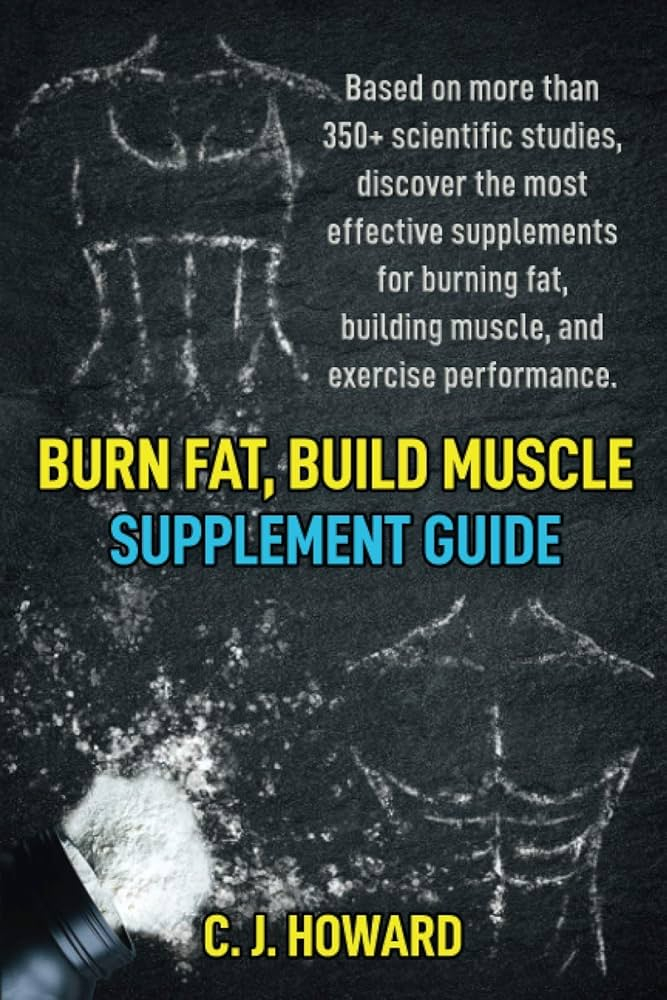
Addressing Common Myths
Misinformation can hinder your progress. Let’s debunk some common fitness myths.
Burning Fat and Building Muscle Simultaneously
While difficult, it is possible to burn fat and build muscle simultaneously, especially for beginners.
Spot Reduction Myth
Unfortunately, the idea that you can burn fat from specific areas of your body through targeted exercises is a myth.
Myth of Turning Fat into Muscle
Fat and muscle are two different types of tissue, so you can’t turn fat directly into muscle or vice versa.
The Mental Aspect of Fat Loss and Muscle Gain
Maintaining a healthy mindset is a crucial aspect of any fitness journey.
Maintaining Motivation
Staying motivated can be challenging. Setting realistic goals and celebrating progress can help.
Dealing with Plateaus and Setbacks
Plateaus and setbacks are inevitable. It’s important to remain patient and stay consistent during these times.
Finding a Support System
A strong support system can be beneficial in maintaining motivation and accountability.
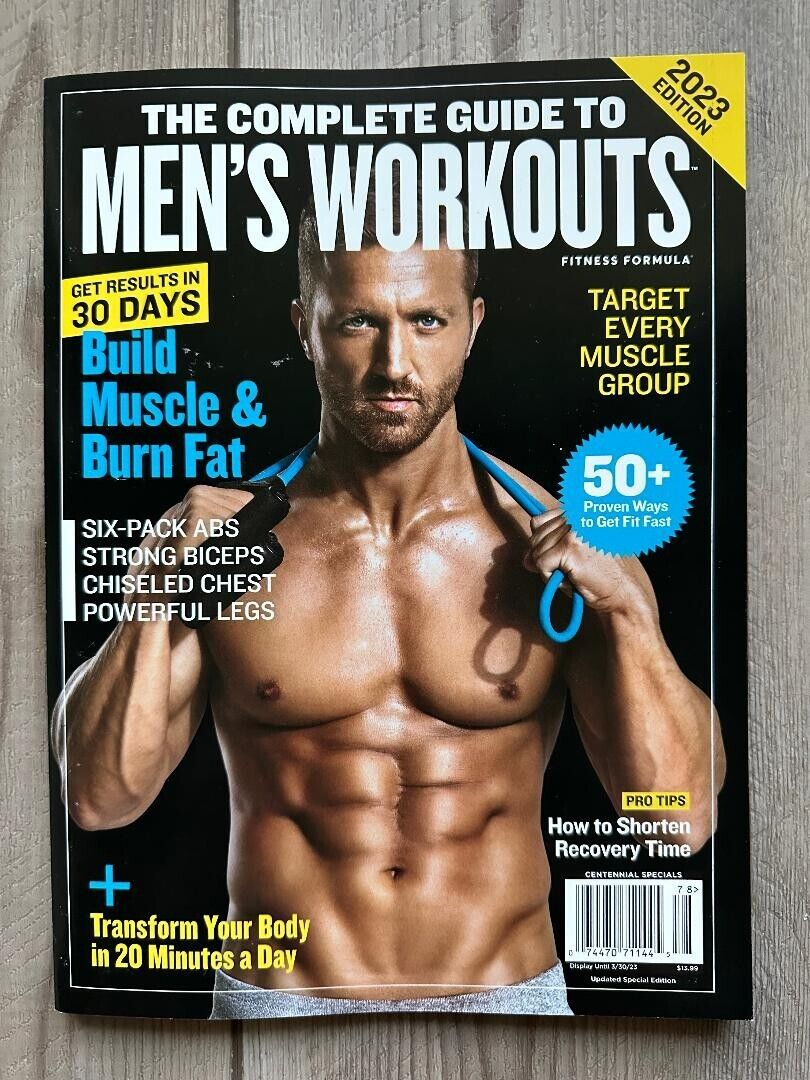
Incorporating Lifestyle Changes
Long-term success often requires changes to patterns of behavior.
Importance of a Healthy Diet
Balancing your fitness routine with a healthy diet rich in protein, carbohydrates, and healthy fats is essential.
Staying Active outside the Gym
Incorporate activity into your day outside the gym, whether that’s walking, biking, or even gardening.
Managing Stress
Chronic stress can hinder your progress. Utilize stress management techniques and ensure there’s balance in your life.
No Shortcuts: Emphasizing Consistency and Patience
There are no quick fixes or shortcuts when it comes to improving body composition. Consistency and patience are key to long-term success.
FAQ on Building Muscle and Burning Fat
What Exercises Burn Fat and Build Muscle?
Strength training exercises, especially compound movements like squats, deadlifts, and pull-ups, are best for muscle building. For fat burning, combine strength training with moderate-intensity cardio.
How do I Shape Up and Tone?
You can accomplish this by losing fat and building lean muscle mass via a combination of proper nutrition, regular strength training, and cardio.
Do You Need Supplements to Build Muscle?
No, you don’t necessarily need supplements to build muscle. A balanced diet should provide most of the nutrients you need.
How to Balance Cardio with Weight Lifting?
It’s best to do a combination of both, but with emphasis on strength training for muscle building and a balanced approach for fat loss. It’s dependent on your personal goals. Always allow adequate time for recovery.
Remember, the journey to fat loss and muscle gain isn’t a linear one and will look different for everyone. Adjust based on your progress, but most importantly, listen to your body every step of the way.
